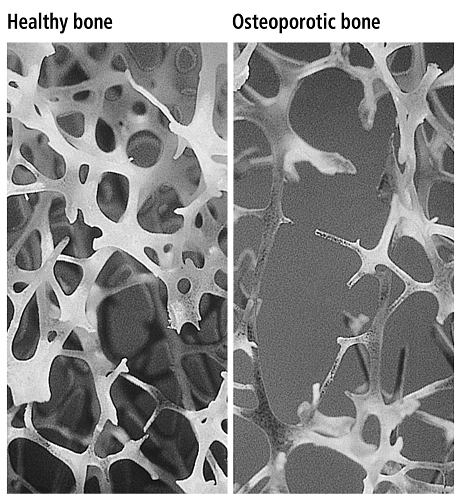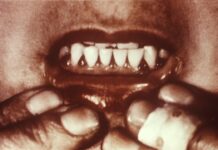
Official launch of World Osteoporosis Day – celebrated on October 20 – puts the spotlight on the importance of bone-healthy nutrition from early life through to adulthood
Today saw the launch of the 2015 World Osteoporosis Day (WOD) campaign organized by the International Osteoporosis Foundation (IOF). Celebrated on October 20, this year’s theme focuses on Nutrition and addresses the public health challenges associated with insufficient intake of calcium, vitamin D and protein as well as other micronutrients crucial to bone health.
The majority of people are not getting their recommended daily allowances of calcium and vitamin D. In fact, worldwide, an estimated 1 billion people have inadequate levels of vitamin D in their blood, and deficiencies can be found in all ethnicities and age groups. In China, estimates from the Health Status Survey in 2002 indicated that less than 10% of Chinese citizens had an adequate dietary intake of calcium. Chronic untreated calcium deficiency can have many severe consequences, including osteopenia and osteoporosis.
Osteoporosis has been defined as ‘a paediatric disease with geriatric consequences’, emphasizing that bone health is shaped very early in life; in fact in the womb. Poor nutritional status of the mother can impact on the optimal growth of the baby’s skeleton. It has been associated with reduced adult bone mineral content at peak bone mass and in later life, as well as increased risk of hip fracture.
Beyond this, childhood and adolescence is a critical time for bone building as during this period both the size and strength of our bones increases significantly. Approximately half of our bone mass is accumulated during adolescence. This process continues until the mid-20s when peak bone mass is generally achieved (the maximum amount of bone possible during skeletal growth).
Helping a child achieve optimal bone strength is beneficial in late adulthood as there is more bone in reserve from which to draw; unlike in their younger years adults cannot replace bone tissue as quickly as they lose it. It is believed that a 10% increase in peak bone mineral density (BMD) – one measure of bone strength – could delay the development of osteoporosis by 13 years.
Prof. John Kanis, President, IOF, said “Our skeleton is very much like a house. It needs to be built with the right material to keep the structure strong and maintained over time to avoid any long-term damage. That’s why eating foods such as dairy products, oily fish, fruits and vegetables will provide us with the essential nutrients that are the key building blocks of strong bones.”
Judy Stenmark, CEO, IOF added that “99% of the 1 kg of calcium found in the average body resides in our bones, which highlights why we need to get our recommended daily intake as fuel for the production and maintenance of bone. I encourage everyone to take the IOF Calcium Calculator test to find out how much calcium they are getting and how they can boost their intake.”
Calcium Calculator available for free as:
Online calculator: http://bit.ly/calcium-calculator-web
iPhone App: http://bit.ly/calcium-calculator-iOS
Android App: http://bit.ly/calcium-calculator-android
WOD, observed annually on 20 October, marks a year-long campaign http://www.worldosteoporosisday.org #LoveYourBones
WOD Official Partners: Amgen, Fonterra, Pfizer Consumer Healthcare, Lilly, MSD, Takeda
WOD Nutrition Supporters: DSM, Rousselot, Sunsweet
Help keep news FREE for our readers
Supporting your local community newspaper/online news outlet is crucial now more than ever. If you believe in independent journalism, then consider making a valuable contribution by making a one-time or monthly donation. We operate in rural areas where providing unbiased news can be challenging. Read More About Supporting The West Wales Chronicle






















